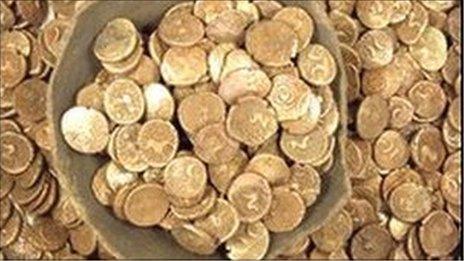Medieval monastic bones in Ipswich arthritis research approved
- Published
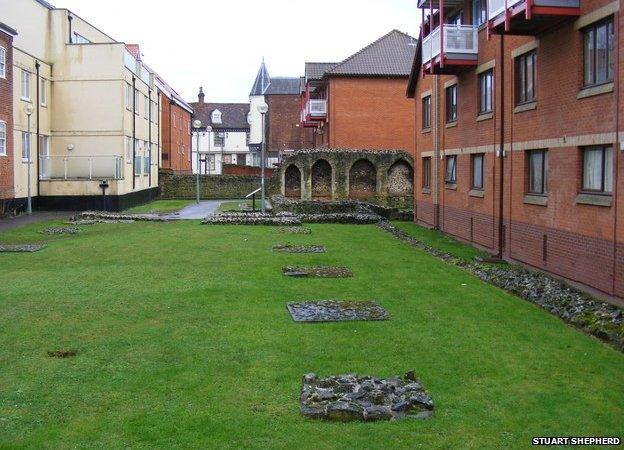
The remains of Blackfriars Friary off Foundation Street in Ipswich
Scientists have been given the go-ahead to study 500-year-old human bones from Ipswich, which could help research into arthritis.
English Heritage requested the six-month loan of bones from nine skeletons at Ipswich Museum.
The museum said the study could reveal how the disease has changed over the centuries.
Simon Mays, of English Heritage, said: "The loan gives us access to a very important collection."

It will be the second time Simon Mays has studied most of the remains
Eight of the skeletons to be studied were excavated from the Blackfriars and Whitefriars monastic cemeteries in Ipswich town centre in the late 20th Century.
Another one was found during a dig of part of the town's quay about three years ago.
Arthritis 'cluster'
It is believed arthritis was prevalent among the monks who lived in the Ipswich friaries.
Mr Mays, a human skeletal biologist, said the bones would be examined by him, an osteo-archaeologist and rheumatologist in Portsmouth, Oxford and Bristol and the most interesting ones would undergo CT scans.
"We will lay them out in anatomical order, look at the X-rays, which were done several years ago, and decide what to do," said Mr Mays.
"The diseases we are looking at cause destruction of the joints of the skeletons... but we need to find out why there was a cluster of the disease in Ipswich.
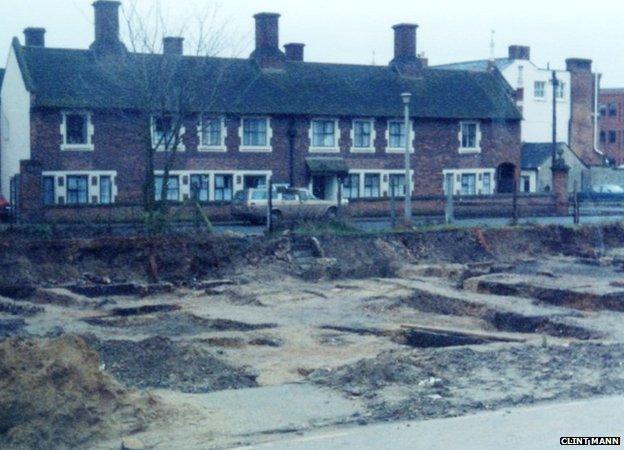
Blackfriars was excavated in the 1970s and 1980s when at least nine skeletons were recovered
"It might say something of the history of different diseases and how the manifestations have changed."
Philip Wise, heritage manager with Ipswich and Colchester Museum Service, said: "You can tell with the naked eye that the longer leg bones and hips have knobbly, arthritic lumps on them, so arthritis seems to have been very prevalent and the friars would have been hobbling around."
The remains are believed to date from 1300 to 1530 and are stored in boxes at the museum. The loan was approved by the borough council.
- Published7 March 2015
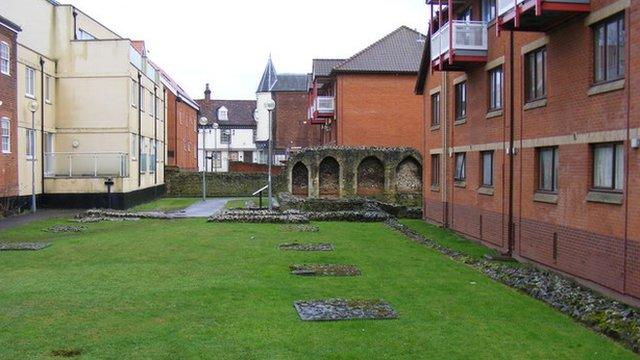
- Published15 March 2012

- Published13 March 2012
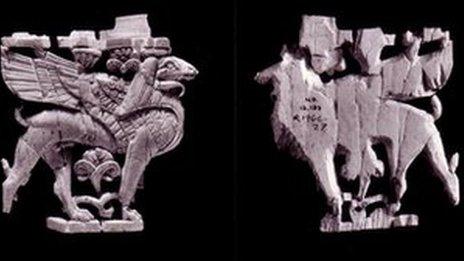
- Published4 October 2011

- Published29 June 2011
- Published29 June 2011
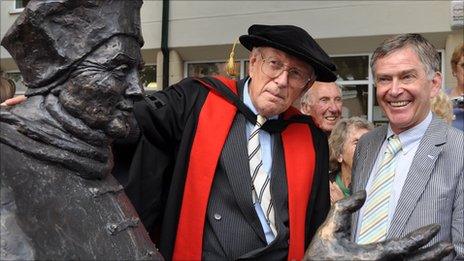
- Published27 April 2011
